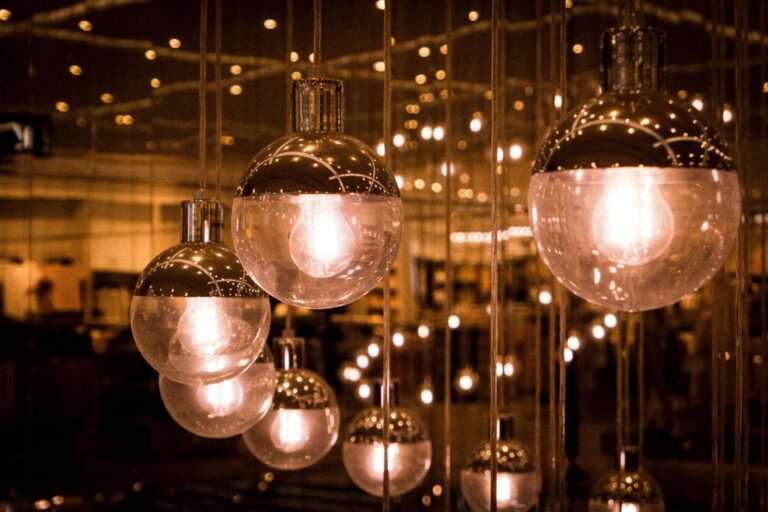
Designing Hotels for Muslim Pilgrims
Designing hotels for Muslim pilgrims involves understanding and addressing their unique needs and preferences, which are deeply rooted in religious practices and cultural norms. These considerations are especially pertinent for destinations like Mecca and Medina, which host millions of Muslim pilgrims annually for Hajj and Umrah. Here are key aspects to consider when designing such hotels:
Proximity to Holy Sites
- Location: Proximity to the Holy Mosque in Mecca (Masjid al-Haram) and the Prophet’s Mosque in Medina (Masjid al-Nabawi) is crucial. Easy access reduces travel time and enhances convenience for pilgrims, especially for elderly and disabled guests.
- Transport Links: Providing efficient and reliable transportation services to and from holy sites is essential. Shuttle services or dedicated pathways can facilitate smooth movement.
Accommodation Capacity
- Scalability: Hotels should be designed to handle large volumes of guests, particularly during peak pilgrimage seasons. This involves flexible room arrangements and scalable services.
- Room Types: Offering a variety of room types, from single accommodations to larger family rooms, caters to different group sizes and preferences.
Prayer Facilities
- In-Room Prayer Space: Each room should have a designated area for prayer, equipped with prayer mats, Qibla direction indicators, and copies of the Quran.
- Prayer Halls: Large prayer halls within the hotel can accommodate guests who prefer to pray in congregation, featuring separate areas for men and women as per Islamic practices.
Halal Dining
- Certified Halal Food: All food served should be certified Halal, and kitchen practices must adhere to Islamic dietary laws.
- Diverse Cuisine: Offering a variety of cuisines can cater to the diverse backgrounds of pilgrims from different countries.
Cultural Sensitivity
- Dress Code: Staff should be trained to respect and adhere to modest dress codes, providing a comfortable environment for all guests.
- Behavioral Norms: Ensuring that hotel practices align with Islamic values, such as avoiding alcohol service and providing gender-segregated recreational facilities.
Religious Amenities
- Ablution Facilities: Rooms and public areas should include facilities for Wudu (ablution), with appropriate water flow and design for convenience.
- Islamic Library: A library with religious texts and educational materials can provide spiritual enrichment for guests.
Health and Safety
- Medical Services: On-site medical facilities or partnerships with nearby hospitals can address health concerns promptly, especially during the physically demanding pilgrimage.
- Hygiene Standards: High standards of cleanliness are vital, as large gatherings can increase the risk of disease transmission.
Technological Integration
- Pilgrimage Apps: Integrating technology, such as apps that provide prayer times, Qibla direction, and Hajj/Umrah guides, can enhance the pilgrim’s experience.
- Smart Rooms: Offering smart room features like automated climate control and voice-activated services can add convenience and comfort.
Sustainability
- Eco-Friendly Practices: Implementing sustainable practices, such as energy-efficient systems and waste reduction programs, aligns with Islamic teachings on stewardship of the Earth.
- Water Conservation: Special attention to water usage is critical, given the importance of ablution and the arid climates of pilgrimage sites.
Customer Service Excellence
- Multilingual Staff: Employing staff fluent in multiple languages can help cater to the international nature of the pilgrim population.
- Training Programs: Continuous training for staff on Islamic practices and cultural sensitivity ensures that the service quality meets pilgrims’ expectations.
Designing hotels for Muslim pilgrims requires a deep understanding of Islamic principles, cultural norms, and the specific needs of pilgrims. By addressing these aspects thoughtfully, hotel operators can create a welcoming, comfortable, and spiritually enriching environment that enhances the pilgrimage experience. The ultimate goal is to facilitate a seamless and fulfilling journey, allowing pilgrims to focus on their religious duties without logistical concerns.



